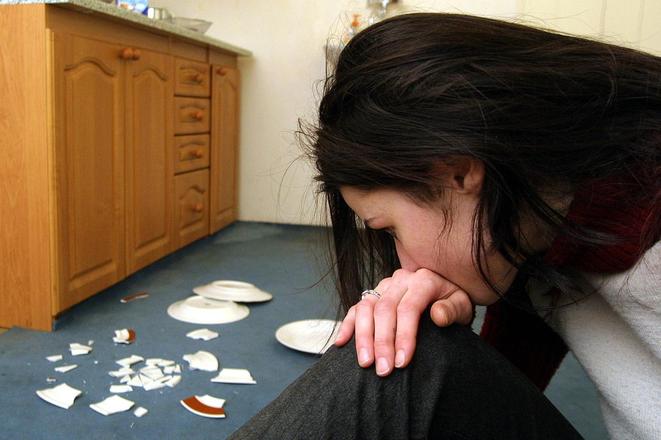One in five women in Slovakia has experienced violence from their former or current partner. 7 percent of women have been physically attacked, while 3 percent have been attacked sexually by their partners. In most cases, the attacks occurred on a regular basis.
At the same time, 4.9 percent of women have experienced sexual violence, which represents 100,000 women, according to the data of the Coordinating-Methodical Centre for Gender-Based and Domestic Violence (KMC) running under the Institute for Labour and Family Research (IVPR).
It is one of the institutions that have joined the global Orange the world! campaign run by the UN between November 25 and December 10. The campaign has also been supported by the president, the Foreign Affairs Ministry, the ombudswoman, and the 17 foreign missions in Slovakia.
Low awareness prevents help
“Although one in five women in Slovakia has experience with violence, only one in seven respondents said they know somebody in their family or among their friends who have fallen victim to it,” said Barbora Burajová of the KMC, as quoted by the TASR newswire.
Low awareness of violence makes women more vulnerable or prevents them from getting the help they need.
“If we show interest in facts about causes and consequences of violence, we’ll better understand what women go through and the way we can and must approach solutions,” Burajová said, as quoted by TASR
Most women (up to 88 percent) in these cases knew the attacker, the survey also suggests. The attackers were most often the victim's former or current partner (38 percent) or their acquaintance (28 percent). In 10 percent of cases, the attackers were family members.
The share of unknown attackers is the same as the share of attackers from a woman’s workplace, like colleagues or superiors - 12 percent.
Only 15 percent of women turned to the police, and 13 percent sought psychological help.
No place in society
President Zuzana Čaputová has also supported the fight to end violence against women. The current situation is “far from satisfactory”. She thanked everybody who helps women leave their attackers.
“You have an ally in the Presidential Palace, who, like you, cares for and wants women in Slovakia to have a free, decent and safe life,” the president added.
Violence against women has no place in Slovak society, stressed Foreign Affairs Minister Ivan Korčok (SaS nominee).
“The extent to which women are protected from violence reflects the maturity of the society,” Korčok said, as quoted by TASR.
Ombudswoman Mária Patakyová and her office have also supported the campaign, claiming that violence against women is a serious persisting problem of the entire society. She on the one hand praised the organisations helping women facing violence, but on the other hand, criticised the state for not adopting mechanisms that would help fight it, like the Istanbul Convention.
She stressed that these problems escalate particularly in crisis situations and that women’s rights have been violated in both the first and second pandemic waves in relation to obstetric care.


